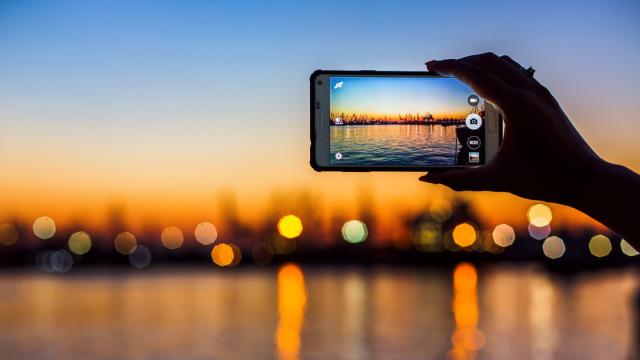A botched Adobe Lightroom app update on iOS accidentally deleted users’ photos and editing presets. Adobe responded to the widespread-bug reports and issued a patch to fix it so others won’t be affected, but it can’t recover any of the lost files.
Adobe says some users may be able to restore a portion of their lost photos and editing presets if they have phone backups stored in iCloud. Give that a try if you’re one of the unlucky users who lost their photo history, but the odds are slim this will work for everyone. Not to be too negative here, but I don’t want to give anyone false hope.
It’s a bummer, but the sudden data loss underscores why you need to backup your photos in multiple locations. If you have everything stored in two or three places, you’ll still have extra backups if one fails.
Frankly, external hard drives or SSDs are the best options; they have high storage capacities and can be kept on-hand for whenever you need them. The downside is, external media drives are expensive. Besides, if you primarily shoot and edit with your phone, saving your photos to a hard drive isn’t easy. You’re probably not looking to pay tons of money to back up your files, either. Fortunately, plenty of cloud-based services let you backup your photos for free.
The best free websites for backing up your photos
There are quite a few options, but we pared the list down to websites with the most generous uploading allowances for free users.
- 500px: Free members are limited to seven uploads per week. Includes ads.
- Flickr: Flickr’s free users can store up to 1,000 photos, or 1TB of data (whichever comes first). Includes ads.
- Imgur: Imgur gives users 20GB of storage for free. Includes ads.
- PhotoBucket: Store up to 250 photos with a free account. Include ads.
The downside to free services is they cap your storage or impose upload restrictions. Those limits aren’t too severe for casual photographers but will be stifling to professionals and hardcore hobbyists. Unfortunately, the only way to get around those limitations is to use a paid service instead.
There are lots of paid options like Pixpa and ImageShack — plus the premium memberships from the services listed above and a whole mess of cloud storage services — but I want to highlight a few that you might already be paying for without realising it, and hopefully save you some cash.
Paid options (that you may already be paying for)
- Amazon Prime Photos: Amazon Prime has so many extra perks that it’s hard to keep track of them. Case in point: Prime subscribers get unlimited, full-resolution photo storage through Amazon Prime Photos. It also includes 5GB of free video storage (you can pay to add more). Free users only get a combined 5GB for photo and video storage, so we only recommend it for Prime members.
- Creative Cloud: If you pay for Adobe’s Creative Cloud suite (which is possible if you use Lightroom on mobile), you have at least 20GB of cloud storage included with your subscription that works with files you edit and upload through Adobe’s mobile apps. You can bump the space up to 1TB for $15 more per month. 2TB, 5TB, and 10TB plans are also available.
- Google Photos/Google One (Android and iOS): Google photos lets you store unlimited photos with 16megapixel resolution or lower. Larger files will cut into your free 15GB of Google storage, though you can buy more space via Google One if you run out. There are also yearly subscription options that will save you money compared to monthly payments.
- iCloud (iOS only): This is the most accessible option for Apple users since iCloud covers every Apple device out there. You get 2GB of storage for free, though you can pay for more if you need it.
[9to5Mac]

Leave a Reply
You must be logged in to post a comment.